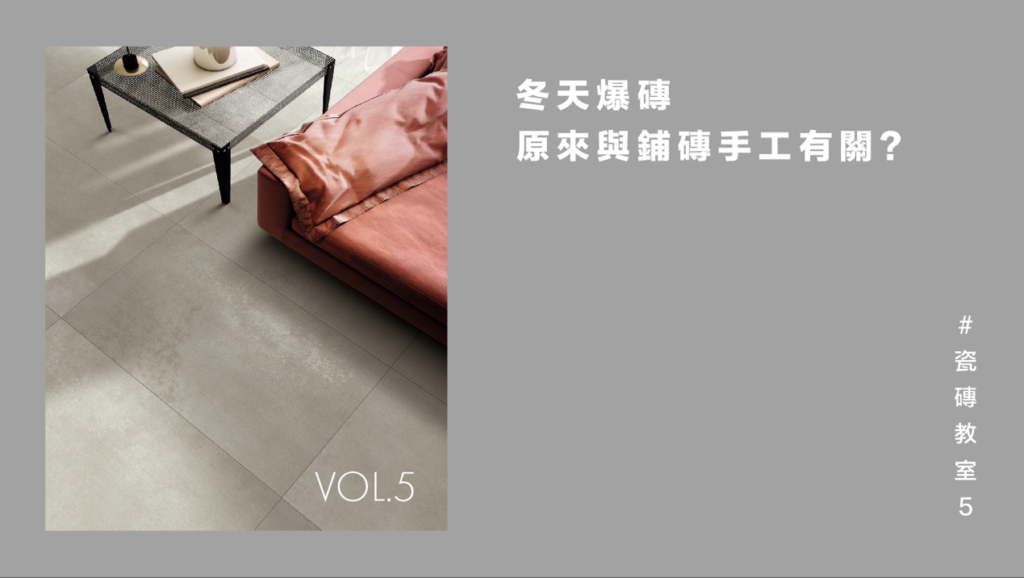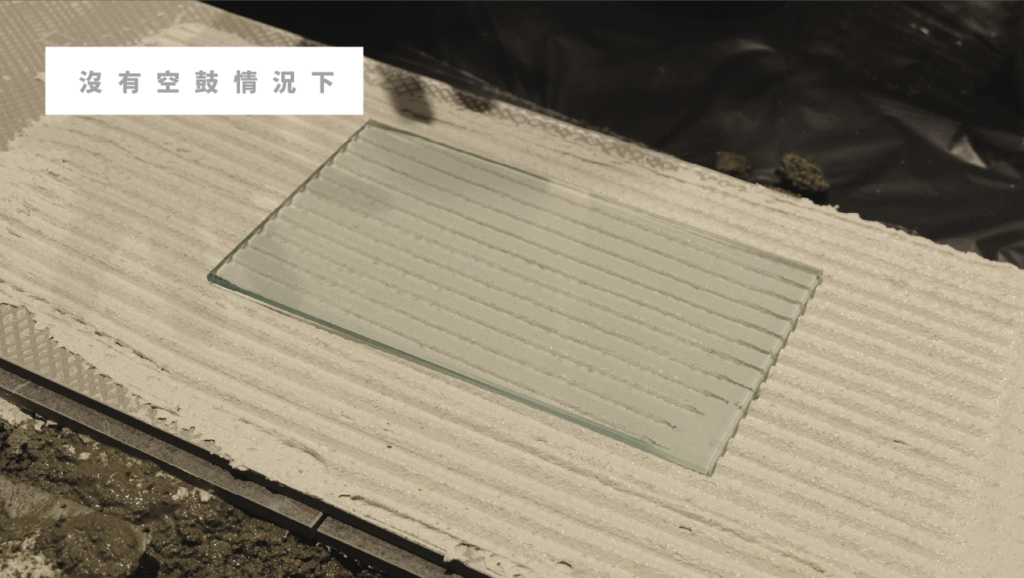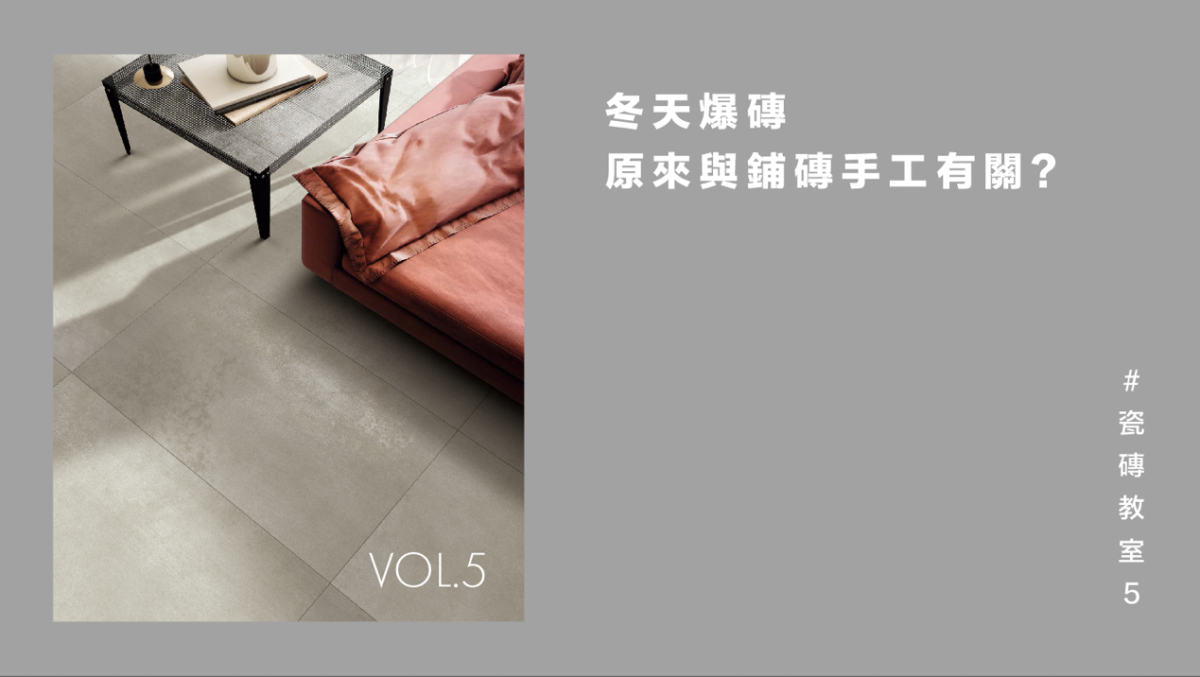The cold current hits Hong Kong, and every time the temperature drops sharply, the tiles in the home will have the problem of "bursting bricks". To avoid unnecessary troubles, we must first understand the reasons.
First of all, ceramic tiles are high-density materials and also have a certain degree of toughness, which can cope with cold shrinkage and thermal expansion caused by temperature differences. The bursting and uplifting of ceramic tiles is mainly related to the physical phenomena of thermal expansion and contraction. When decorating, the laying method of tiles also affects the degree of cold shrinkage and thermal expansion.

Several reasons for "Broken Bricks":

1. Hollow brick
When ceramic tiles are installed, if there is space on the contact surface between the clay or adhesive and the ceramic tiles, a situation commonly known as "hollow drum" or "hollow brick" will appear, and moisture will easily accumulate in the space. According to American standards, when installing indoor tiles, the plane contact area should be 80% or more. Because cement and ceramic tiles have different degrees of cold shrinkage and thermal expansion, and the air trapped in the brick makes the temperature inside the brick drop more slowly than the temperature outside the brick, when there is a large temperature difference, there is a chance of "brick burst".

2. Adhesive
When the indoor temperature difference is too large, the physical phenomenon of thermal expansion and contraction has the opportunity to break the cement mortar that has the effect of bonding, making the tiles easier to fall off. In the ceramic tile installation process, since the cement mortar needs to be prepared manually, the manual will affect the adhesion of the adhesive. If the mortar with high durability and adhesion is selected, it is an extra guarantee. The Asian adhesive bonding agent has been blended with the best ratio of mortar, and the tiles can be easily bonded by following the simple instructions to avoid the impact of manual deployment. Asia's adhesive has high flexibility and aging resistance, can avoid the problem of breaking due to thermal expansion and contraction, and the waterproof function can make the adhesion more durable. In addition, Asia's adhesive has passed international tensile tests to ensure its bonding performance.
For large tiles, the adhesive strength is even more of a challenge. It is recommended to use Asiatic backing glue when laying large tiles, and apply it directly on the back of the tile to improve the bonding strength and density between the tile and the adhesive, which can solve the common problems of hollowing and insufficient adhesion.

3. The seam is too narrow
The seams between tiles can help solve size errors and construction errors, and improve construction flexibility during installation. Sometimes, for the sake of beauty or to avoid the accumulation of dirt in the gaps, seamless or close-joined paving methods are adopted. If there is not enough space reserved to cope with the cold shrinkage and thermal expansion of the tiles, "brick bursts" will occur.
Generally, a gap of 1-2 mm is sufficient for ordinary tiles to cope with the temperature difference when laying tiles. If you want to prevent "bricks from exploding" while also taking into account the beauty or ease of cleaning, when buying floor tiles, you can choose tiles with good pressure resistance. The better linear expansion coefficient of PuriTiles Plus series tiles affects the ratio of thermal expansion and contraction, allowing the gap between tiles to be less than 0.5mm, achieving the effect of close seam bonding. As a new generation of healthy tiles, PuriTiles Plus also has anion antibacterial, anti-mildew and formaldehyde removal functions.


